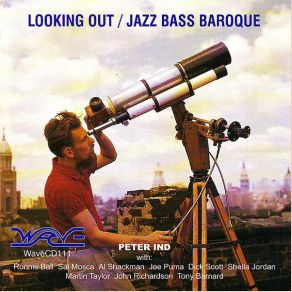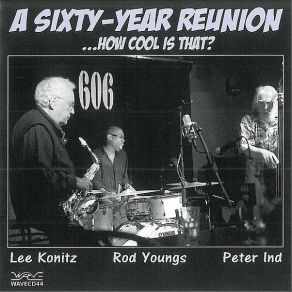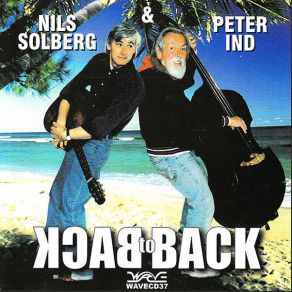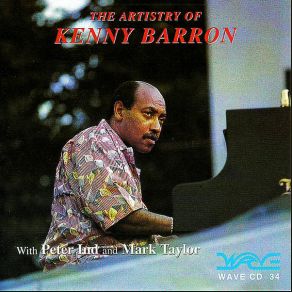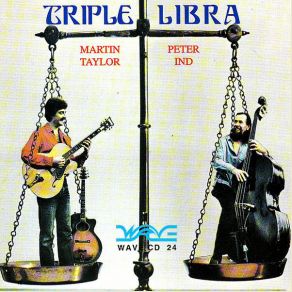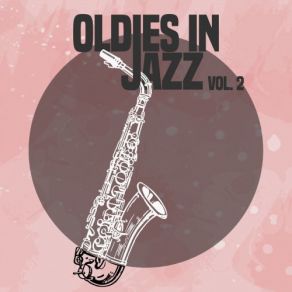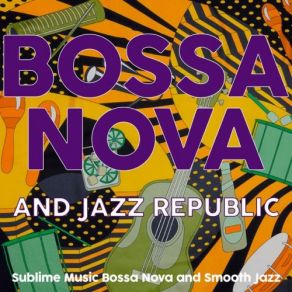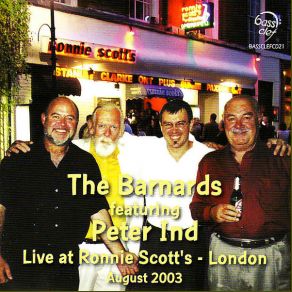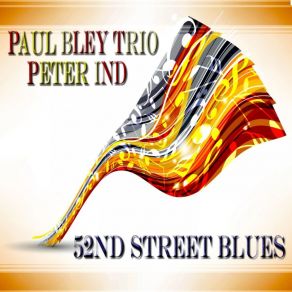Peter Ind
Wikimp3 information about the music of Peter Ind. On our website we have 11 albums and 4 collections of artist Peter Ind. You can find useful information and download songs of this artist. We also know that Peter Ind represents Jazz genres.
Biography
[Edit]This British bass player has been a professional musician since he was in his early twenties, and literally played his way over to the United States by working on the house band (or should we say ship band) on the Queen Mary for three years, beginning in 1949 before finally settling in New York City in 1951. From this new home base, Peter Ind taught music as well as performing and recording with pianist and composer Lennie Tristano and Tristano disciple, alto saxophonist Lee Konitz, with whom Ind worked regularly between 1954-1957. Being associated with Tristano and the musicians who played with him meant a certain style of playing, sometimes described as "cool." These players created quite elaborate melodies, their improvisations sometimes influenced as much by Bach as by "Bird" jazz giant Charlie Parker. A bassist in one of these groups had to develop a very even approach, had to keep time perfectly without any kind of hysterical showmanship, and had to understand how to create an inventively moving harmonic bottom for the many variations, substitutions, and permutations of the chord changes the soloists would come up with. Ind has not totally stuck to this style of playing, however. He performed with a gentleman from the extreme opposite musical conception, drummer and bandleader Buddy Rich, perhaps the greatest jazz showman to ever live. He also performed and recorded with hard bop players such as tenor saxophonist Booker Ervin or the dark-hued, brooding pianist Mal Waldron. Once again in great contrast, this time to Waldron, Ind also recorded an album with guitarist Slim Gaillard, who doesn't seem to be able to play it straight for a minute.
Ind has always had an interest in the recording process that has rivaled his activities as a bassist. His first move once he had earned enough money from his New York gigs was to buy his first tape machine in 1953, a simple single-track tape machine. By 1957, he had laid out the moolah for much more state-of-the-art equipment and was one of the first engineers to record live jazz in stereo. Many recordings were made in Ind's New York loft in the '50s and early '60s, including sessions with tenor saxophonist Zoot Sims, baritone saxophonist Gerry Mulligan, and dynamic trumpeter Booker Little. Ind set up his own recording studio in 1957, and began his own label, Wave, four years later. This establishes him one of the earlier jazz musicians to realize that self-determination was the only way he would be able to release projects of his own choosing, a typical handicap for musicians such as bassists who are often stuck in the sideman role, but a problem that could also happen to players of any instrument. One of the first projects he assembled for this new label was the album Looking Out (1958-1961), which featured bass solos plus duos with the interesting guitarist Joe Puma and drummer Dick Scott, as well as tracks recorded with a trio and a quartet. He was an early experimenter in the process of overdubbing or multi-tracking, as well as manipulating the speed of a recording. That he was fooling around with such techniques in the '50s is impressive enough, but he was also doing it in the context of jazz, a genre which did not involve itself in studio processes such as this until well into the heyday of the studio-crazy psychedelic rock era, at least 15 years after Ind. Of course at the time, he was criticized by jazz purists. He claims to have created the very first set of rhythm tracks to be recorded apart from a soloist, taped together with drummer Jeff Morton. These were in turn used by Lennie Tristano for his now legendary recordings for Atlantic, including Descent in the Maelstrom. Ind also worked as a sound engineer for labels such as Atlantic, Verve, Bethlehem, and Warwick.
Ind relocated to the West Coast, enjoying the idyllic climate of Big Sur, CA, from 1963-1966. During this period, he began focusing on full performances as a soloist, and was certainly one of the earliest performers to do this. He presented both live concerts and radio broadcasts of his unaccompanied bass music. Eventually, he recorded several solo bass albums, including one consisting totally of walking bass lines for players to improvise over. In 1965, he again played with Konitz and another Tristano disciple, tenor saxophonist Warne Marsh. Ind decided to return to England and continued to perform, teach, and manage his label. Activities with Konitz and Marsh continued, including tours in 1975 and 1976.
In 1984, he began another chapter in his activities. All musicians love to sit around complaining about the clubs they have played and how lousy the managers are, but how many musicians have taken it upon themselves to actually try and manage their own nightclub? Ind did just this when he opened the Bass Clef in London, which for a period was one of the city's most popular jazz clubs. Musicians also liked it, as it is possible that dealing with one of their own in a management capacity might be pleasant. One of Ind's appreciated qualities was his insistence on having decent dressing rooms for the players, as well as the club providing an on-premises set of accommodations for touring acts.
Tax problems were attributed to be the single biggest cause of the Bass Clef's demise, and there was even a legendary extension granted when the tax inspector called onto the case turned out to be a jazz fan. Ind has continued to focus on recording projects and his label.
Collections
Title: Enjoy Great Jazz, Vol. 06
Genre: Jazz
Title: Oldies In Jazz, Vol. 2
Genre: Jazz
Title: Bossa Nova And Jazz Republic
Title: Erotic Emotions Jazz, Vol. 9
Genre: Jazz
